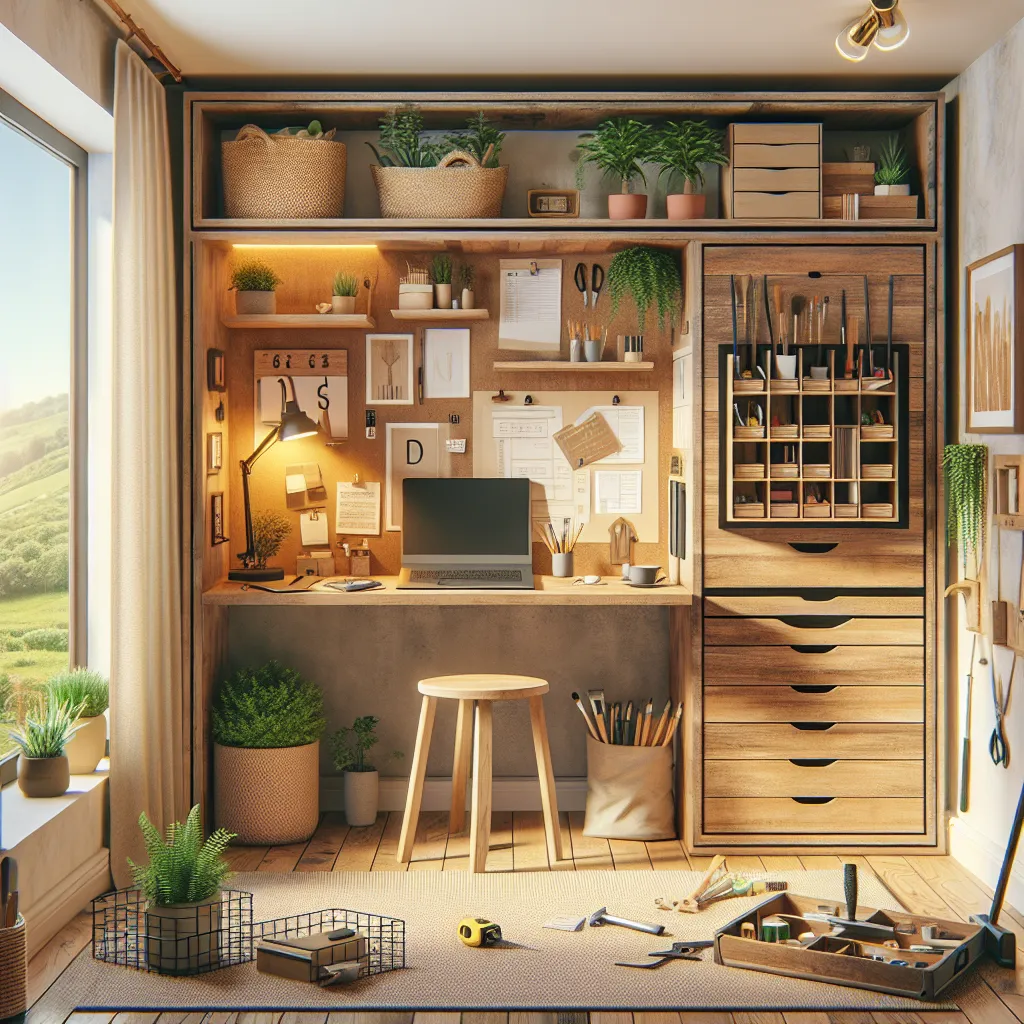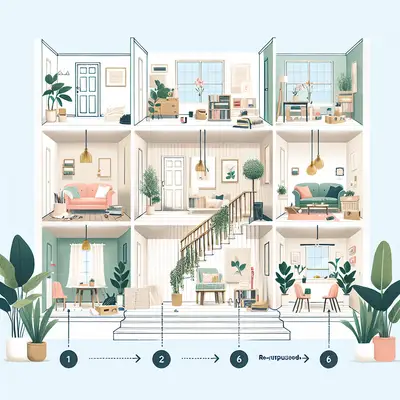Step 1: Choose Your Space Wisely
The first step is identifying the right space in your home that can be converted into a home office. Look for under-utilized areas such as a spare closet, a corner in your living room, or even under the staircase. The goal is to find a space with enough room for a desk and chair at the very least.
Step 2: Opt for Compact and Multifunctional Furniture
Once you've identified your space, the next step is to choose furniture that fits well and serves multiple purposes. For instance, a wall-mounted desk can save floor space while providing ample room for your laptop and essential office supplies. A chair with built-in storage can double as a place to keep your files and documents.
Step 3: Maximize Vertical Space
When working with a small space, it's crucial to utilize every inch available. That includes the walls. Install floating shelves, pegboards, or magnetic boards to store and organize office supplies. This will not only keep your workspace tidy but also free up desk space.
Step 4: Optimize Lighting
Good lighting is vital for a home office. If your chosen spot gets natural light, take full advantage of it. If not, invest in good quality artificial lighting such as LED desk lamps or under-shelf lights. Remember, a well-lit workspace can boost productivity and reduce eye strain.
Step 5: Personalize Your Space
Finally, bring in elements that make the space truly yours. This could be a favorite piece of artwork, family photos, or a plant for a touch of nature. A comfortable, personalized workspace can enhance productivity, creativity, and overall job satisfaction.
Conclusion
Creating a home office in a small space might seem challenging, but with careful planning and smart furniture choices, you can transform even the tiniest nook into a functional workspace. Remember, the key is to maximize every square inch, optimize lighting, and personalize the space to make it uniquely yours. Happy DIY-ing!



